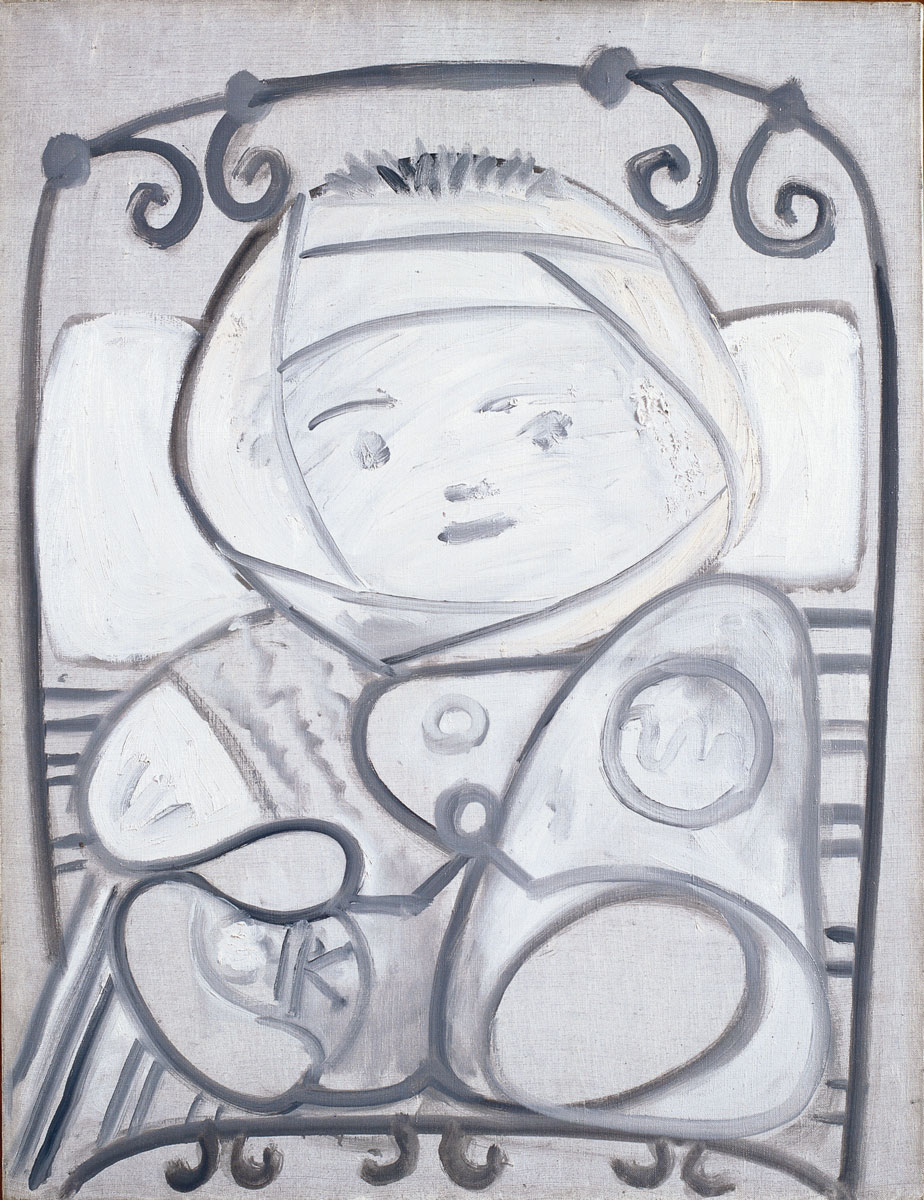News on the tour of the permanent collection: Greco, Velázquez and Picasso!
-From 14th May to the end of September 2024
«Greco, Velazquez, inspire me! Picasso invites the Museo del Prado» is the new title of room 3 of the Picasso Museum in which visitors will be able to discover three paintings by artists who were relevant in Pablo Picasso's artistic career for various reasons: Antonio Muñoz Degrain for being his teacher, and Diego Velázquez and El Greco for being authors that Picasso admired during his stay in Madrid in the academic year 1897-1898 and that marked his later work.
The three works from the Prado have been loaned to the Museu Picasso in order to explain the beginnings of a young Picasso who debated between rigid and academic education and his yearning for creative freedom. During the academic year 1897-1898, Picasso consolidated his learning at the Special School of Painting, Sculpture and Engraving in Madrid, where Muñoz Degrain taught him landscape. In fact, Picasso had declared himself his disciple when he presented the work Science and Charity (1897) at the General Exhibition of Fine Arts, held in Madrid that same year. However, Picasso would soon develop a critical attitude towards official education driven by the conviction that he would not learn anything new from it, and would replace classes with visits to the Museo del Prado –where he would copy, above all, works by Velázquez, Goya and El Greco - and by wandering around the neighbourhoods of Madrid - as evidenced by the drawings and oil paintings of landscapes, especially partial views of the Parque del Retiro, and street scenes.
A few months later, in Horta de Sant Joan, he would write on a drawing: "Greco, Velázquez, inspire me!" His interest in these authors would remain throughout his life and would become evident at different stages of his career. The Museu Picasso Collection is made up, among others, of several workbooks and it is in these notebooks from youth that you can find sketches and copies of works by Velázquez and El Greco. For example, a sketch of the face of The Boy from Vallecas by Velázquez and portraits in the Greek way.
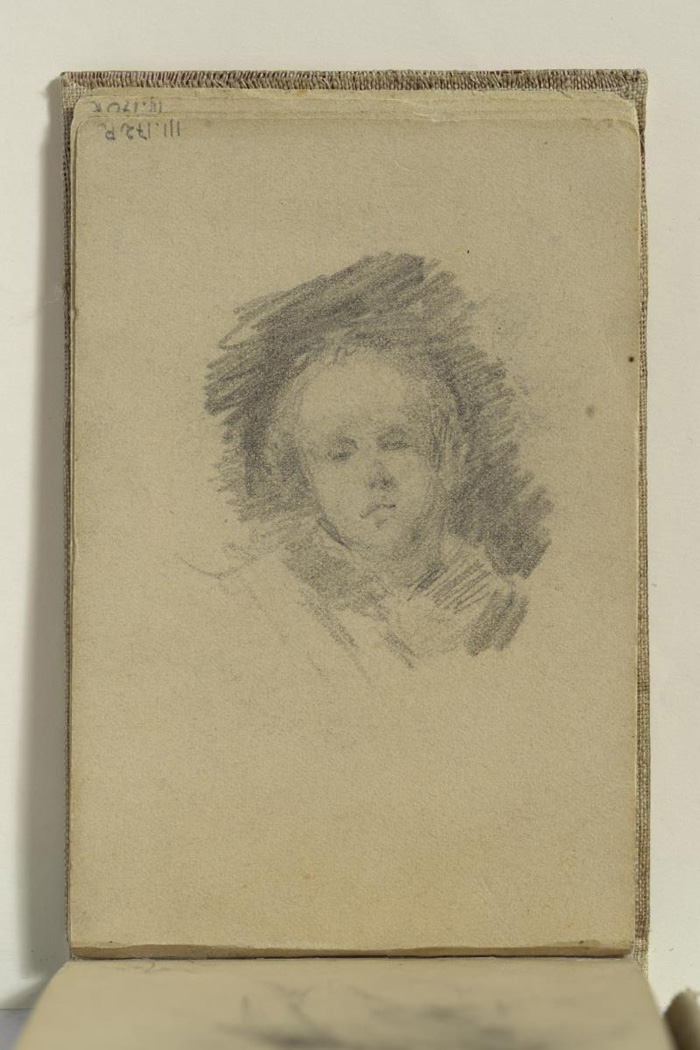
Pablo Picasso. Copy of "El Niño de Vallecas" by Velázquez. Madrid, 1895. Graphite pencil on paper. 12.2 cm x 8.1 cm. Barcelona Picasso Museum © Succession Pablo Picasso, VEGAP, Madrid 2024
El Greco's early influence on Picasso's work is visible in some paintings of long vertical brushstrokes done in Barcelona in 1899, such as Man, after El Greco, as well as in several Greek-inspired drawings. During his stay in Barcelona, Picasso came into contact with Rusiñol and Utrillo, admirers and defenders of El Greco's work. The interest he felt for the artist of Greek origin would be particularly evident in the blue period with the rhythms, disproportions and elongation of the characters, and at the beginning of cubism. After the Second World War, Picasso would revisit this late Renaissance painter, and would continue to do so in successive years.
Velázquez's impact on Picasso's work was identified again in Picasso's mature work, especially in the series Las Meninas (1957) in which the artist interpreted the work of the Sevillian painter and represented his own version that unfolds throughout a series of 58 works, 44 of which can be considered interpretations of Velázquez's work, exhibited in rooms 12 to 14 of the Museu Picasso.
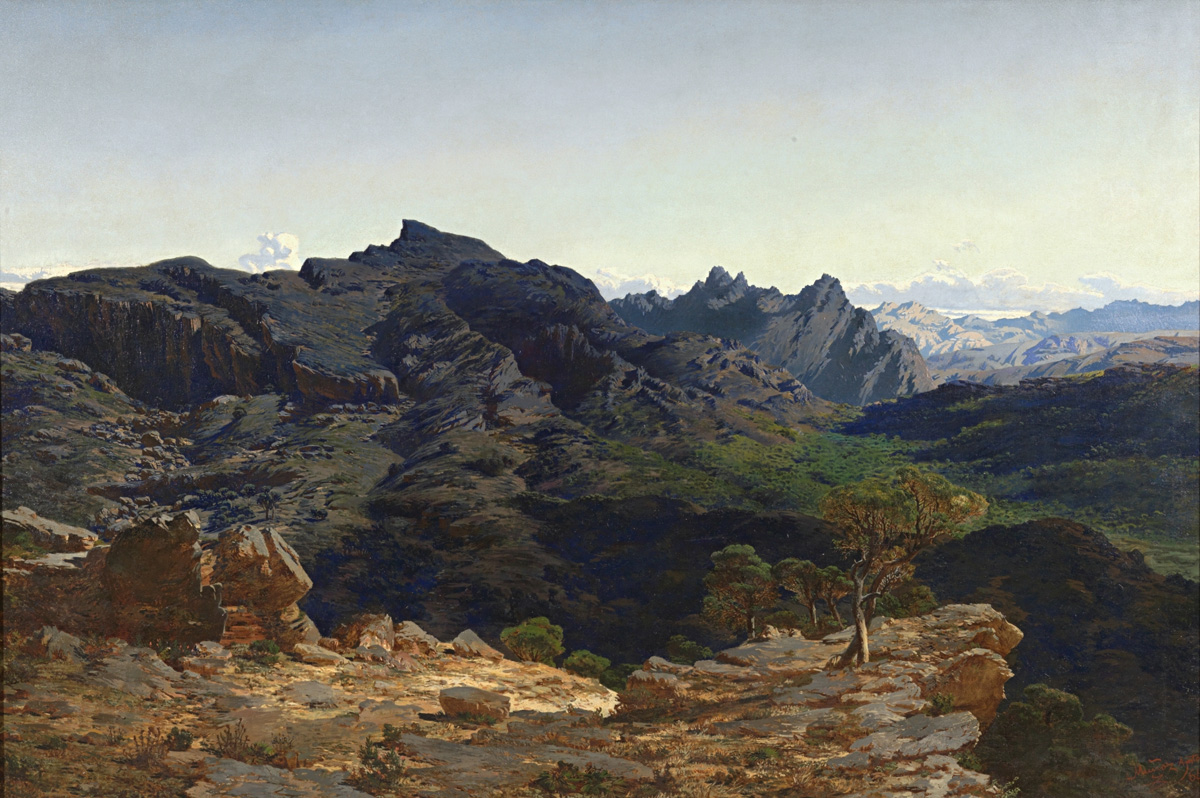
Antonio Muñoz Degrain. Landscape of the Serra de les Agulles, as seen from the Cavall-Bernat Ridge. 1864. Oil on canvas. 144 x 217 cm © Photographic archive. National Museum del Prado, Madrid
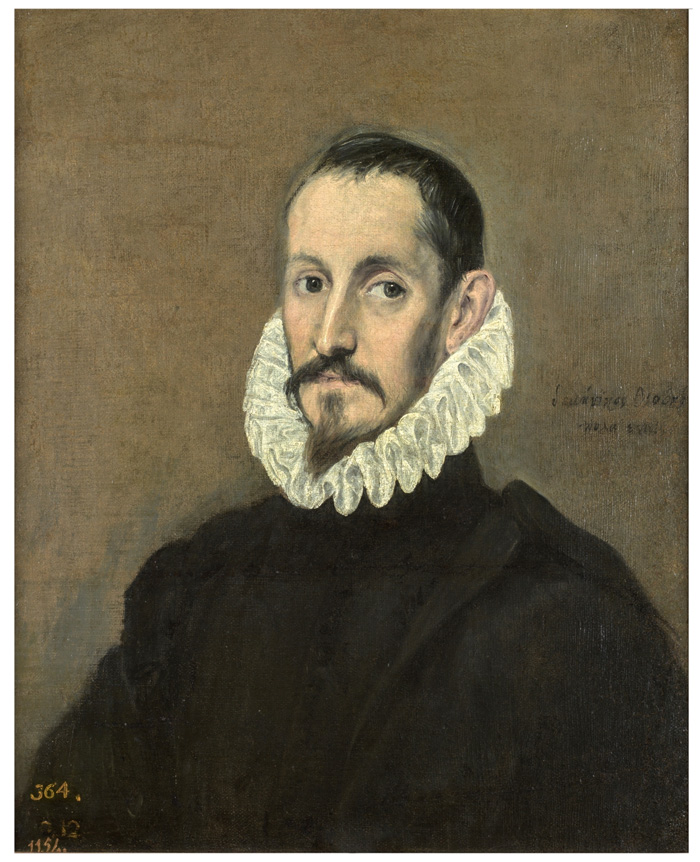
El Greco. Portrait of a gentleman. c. 1586. Oil on canvas. 67 x 55 cm © Photographic archive. National Museum del Prado, Madrid
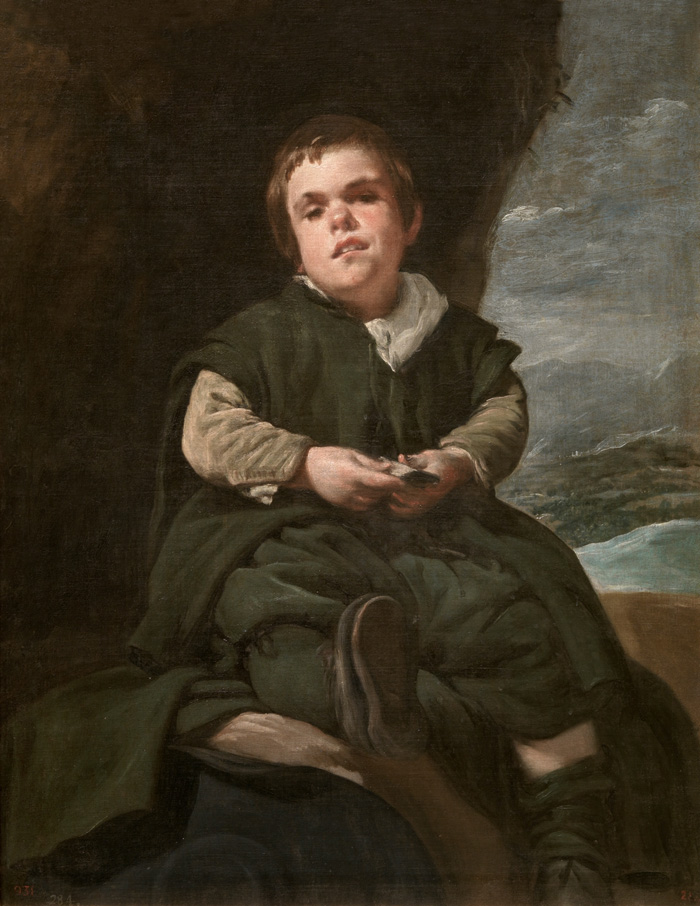
Diego Rodríguez de Silva Velázquez. El Niño de Vallecas. 1634-1645. Oil on canvas. 107 x 83 cm 107 x 83 cm © Photographic archive. National Museum del Prado, Madrid
The other novelty in the collection is the oil painting Child in bed or Claude with mumps. This is an oil painting from 1948 in which Picasso depicted his son Claude (Boulogne-Billancourt, 1947 – Geneva, 2023) in bed, sick with mumps. The painting, which has been deposited by Banco Sabadell, should contribute to making more luminous and diverse the set of pieces that the Museum preserves from the second half of the 1940s, marked, from a personal point of view, by the return of Picasso to the Mediterranean after the war and for the birth of his children Claude and Paloma, the result of the relationship with the artist Françoise Gilot.
From an artistic point of view, Picasso expanded the creative horizon by exploring and adding new means of expression. This is how he devoted himself with passion to lithography or ceramics, which he discovered precisely in the south, in the pottery village of Valauri. These are also the years in which Picasso, a member of the French Communist Party since 1944, carried out some of his works most committed to peace.
